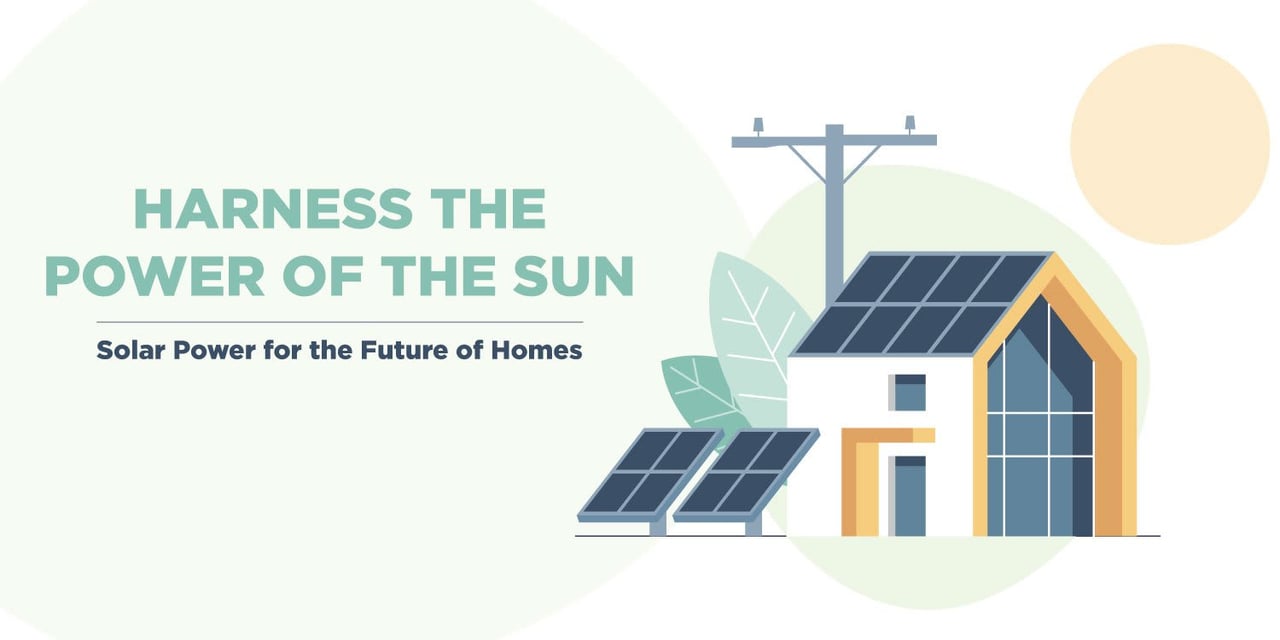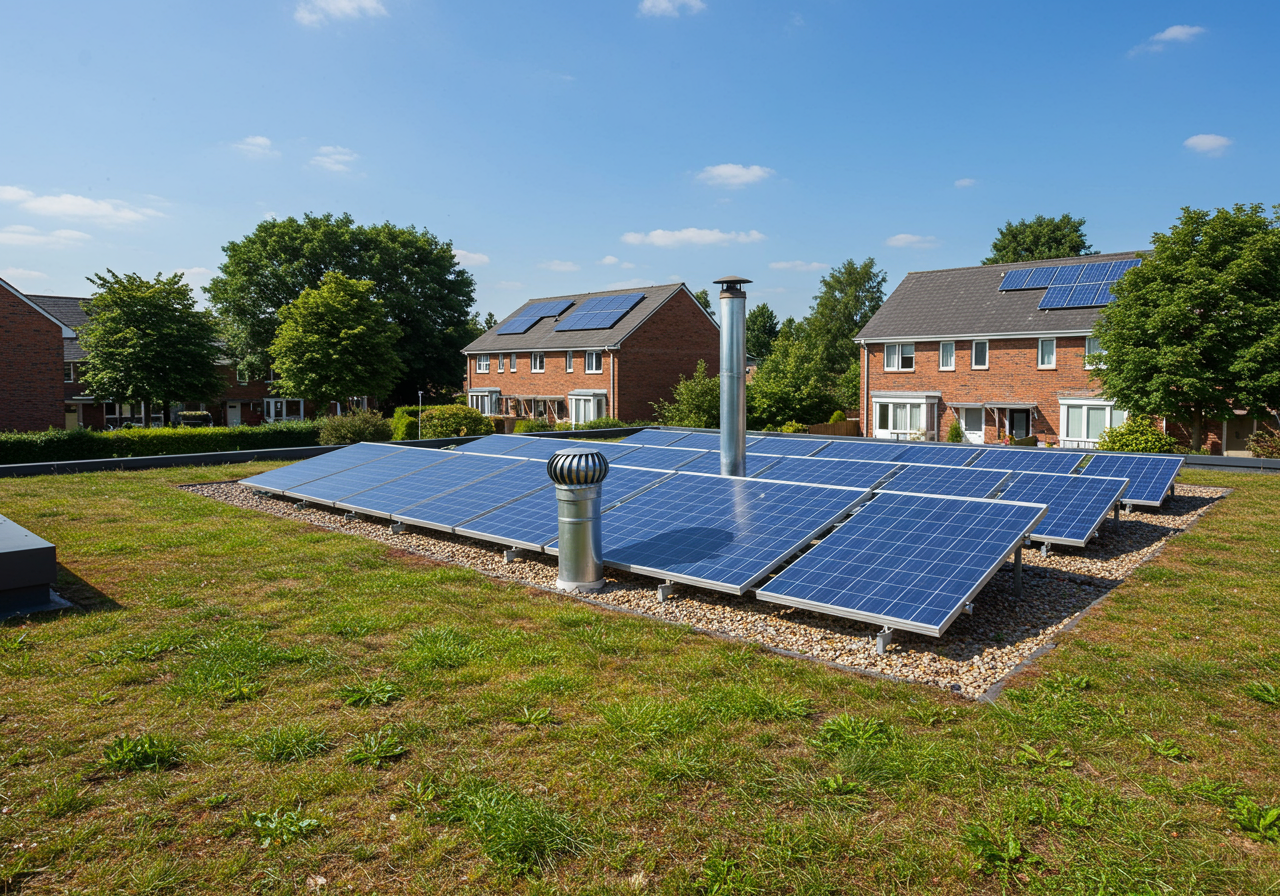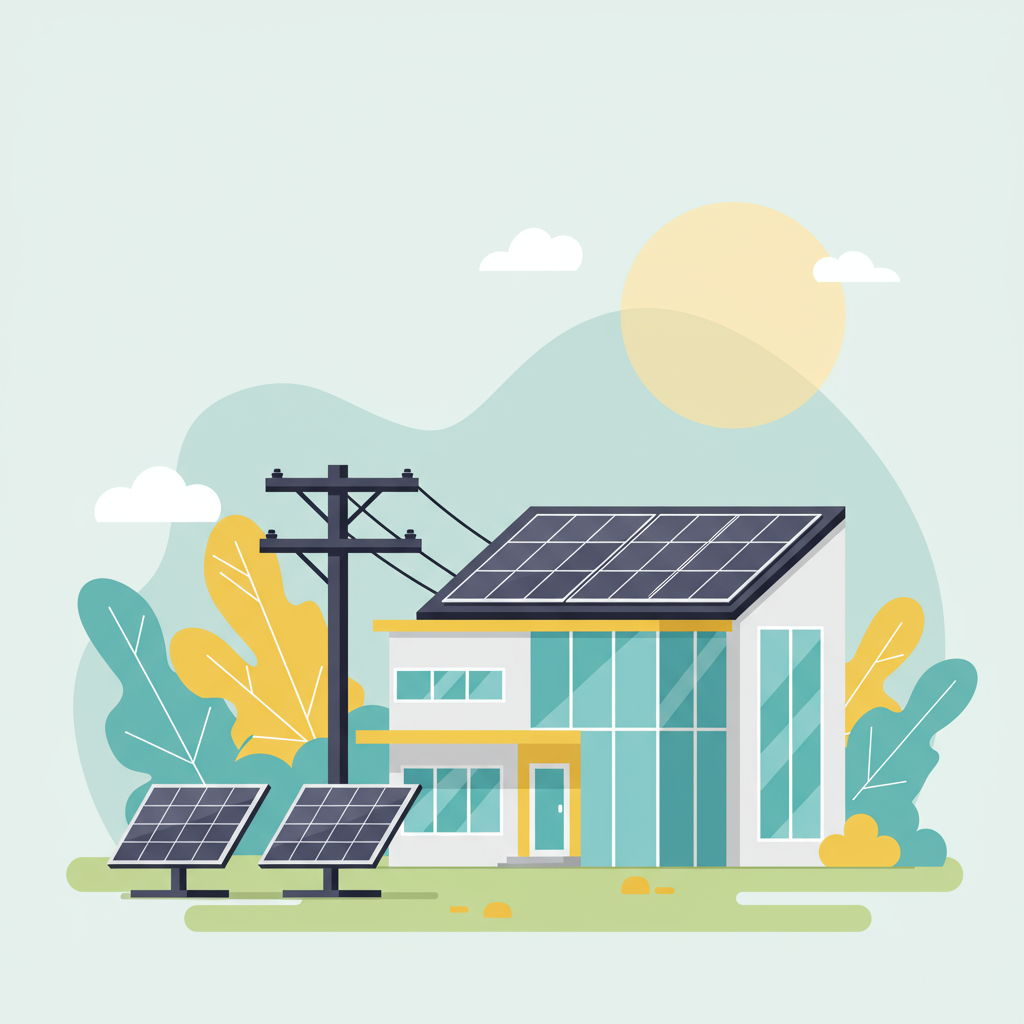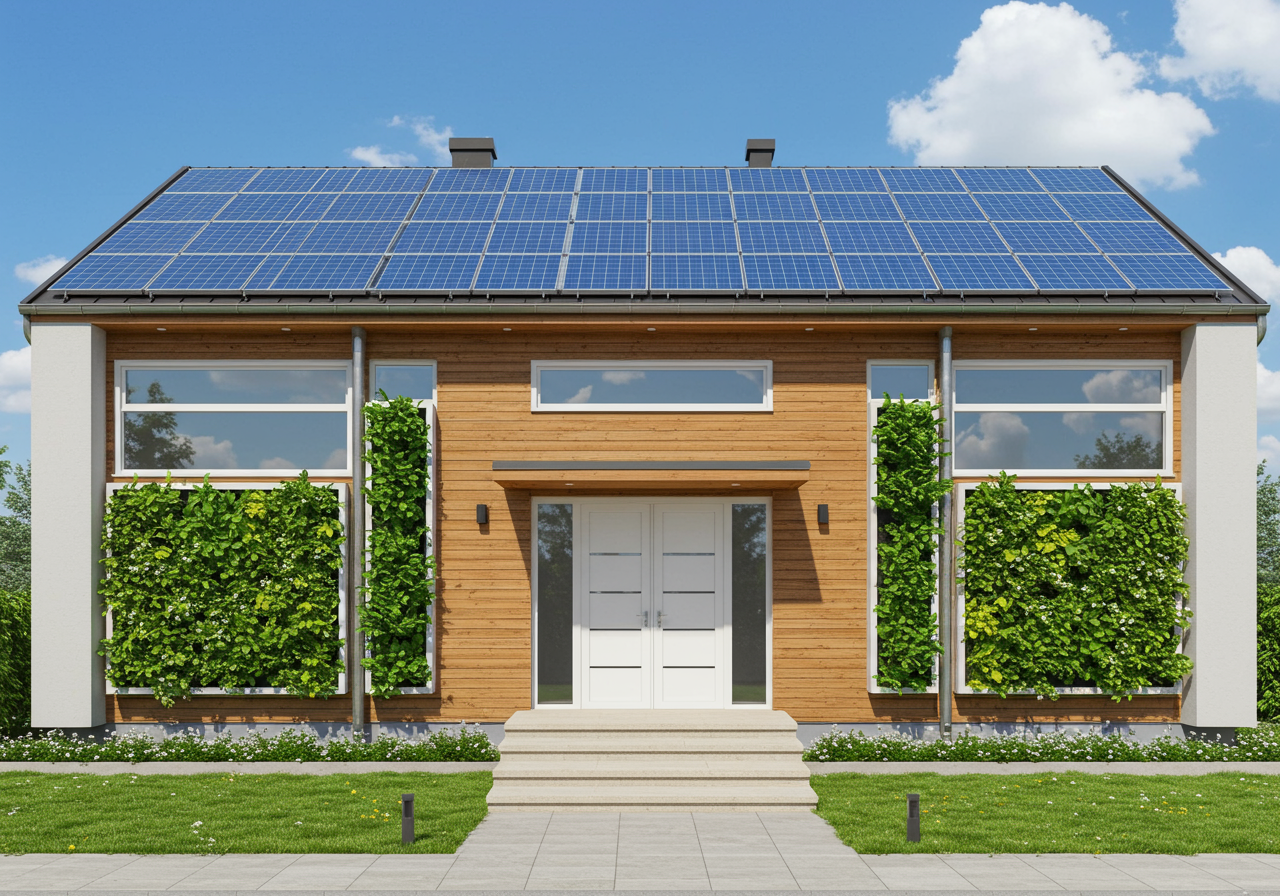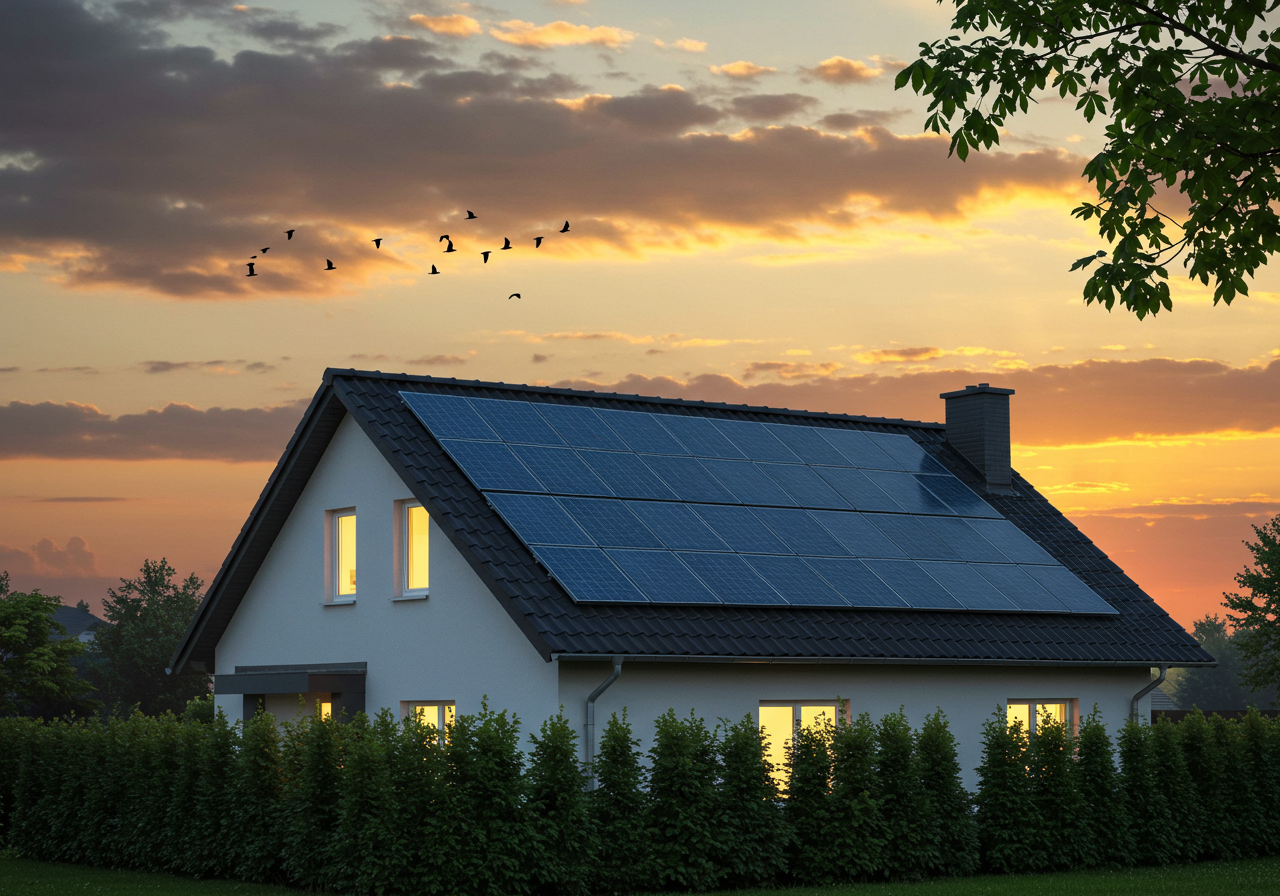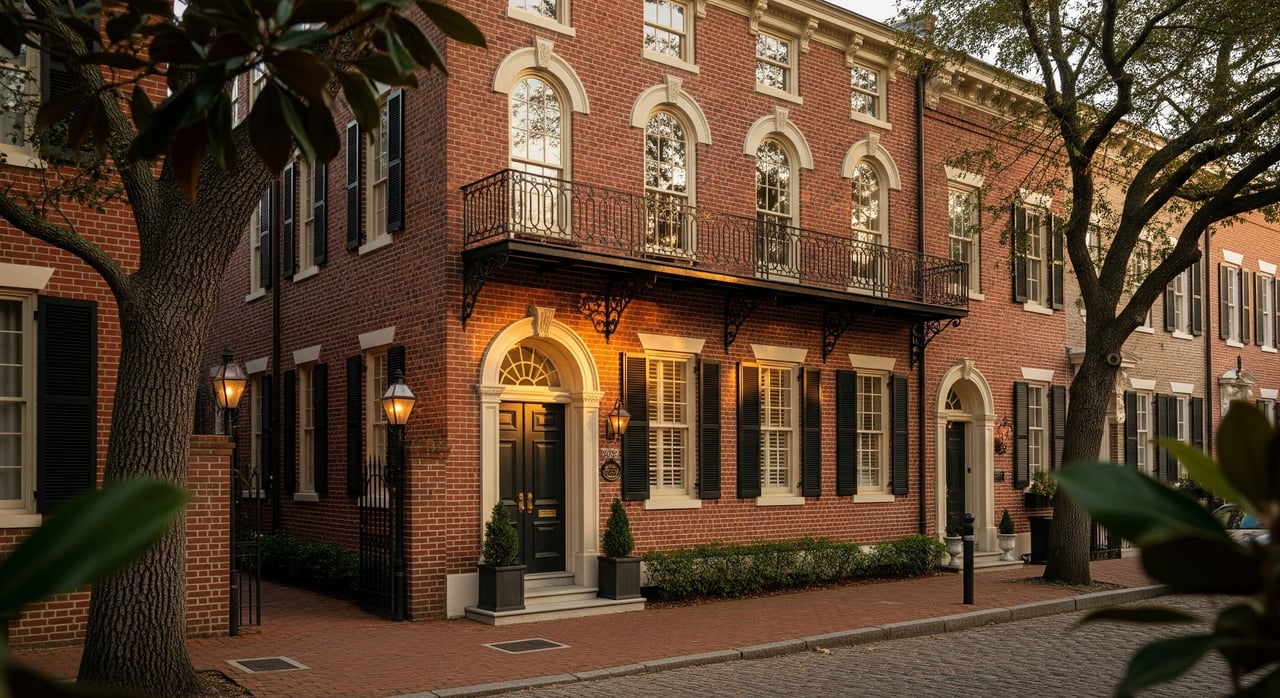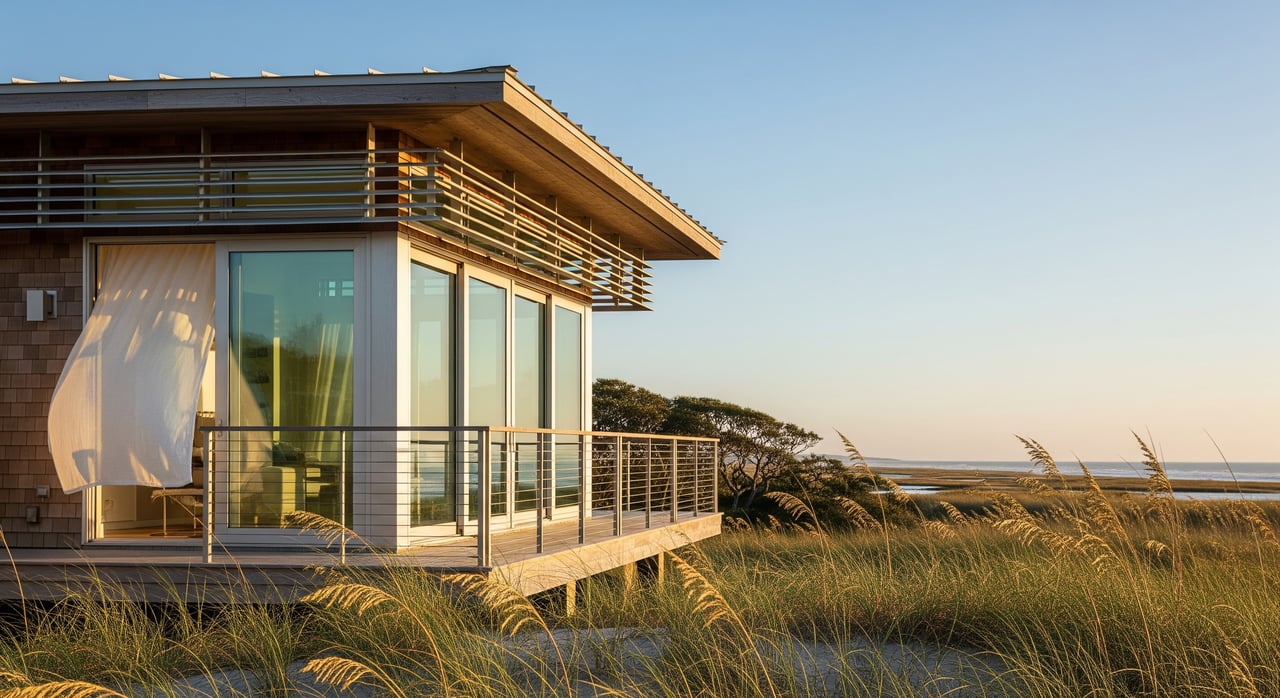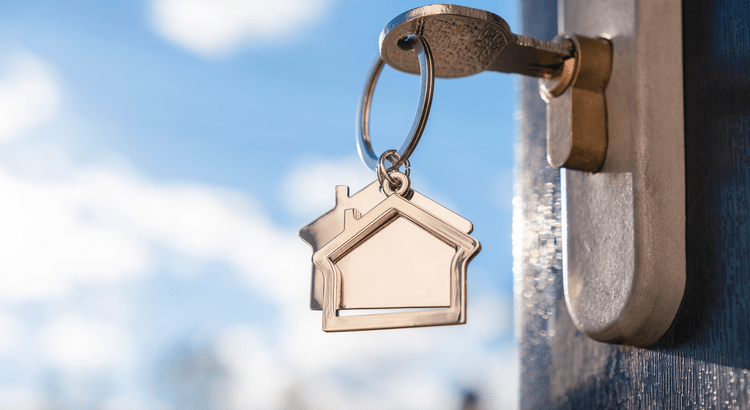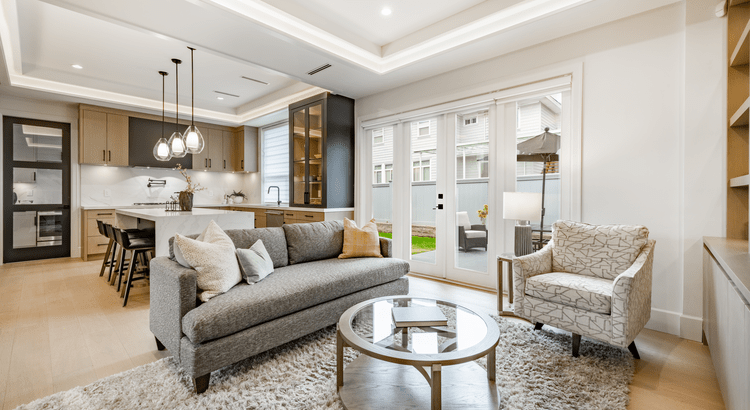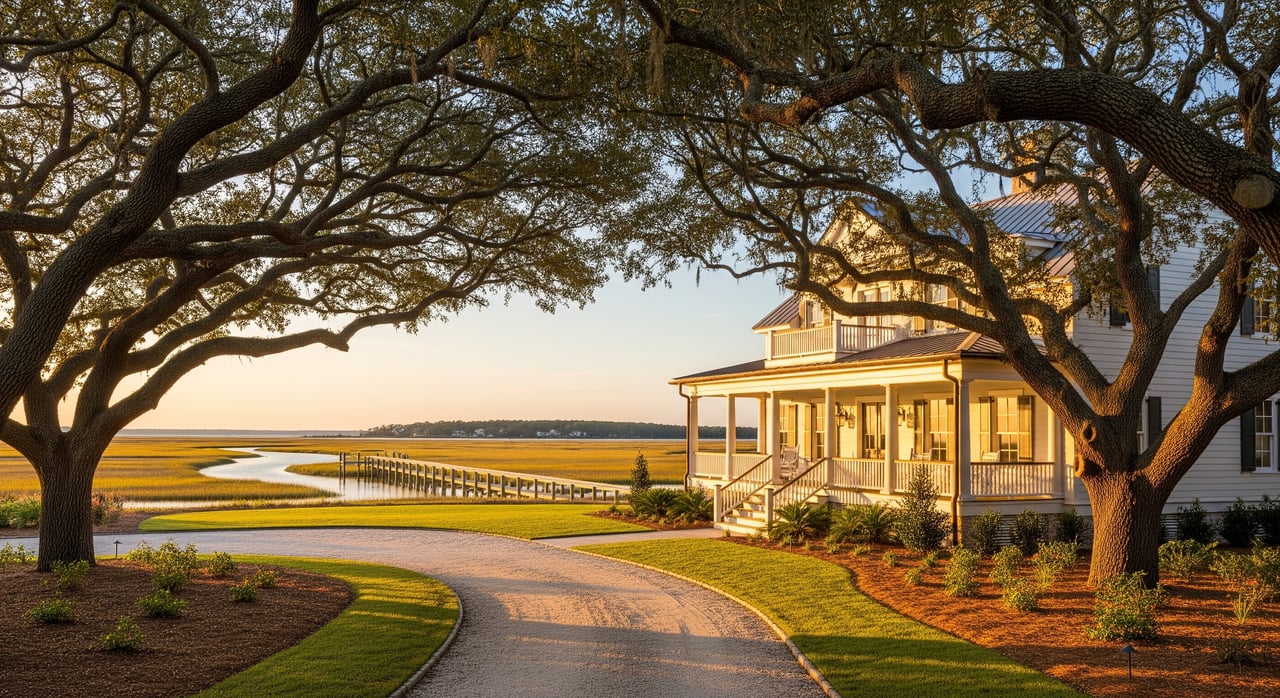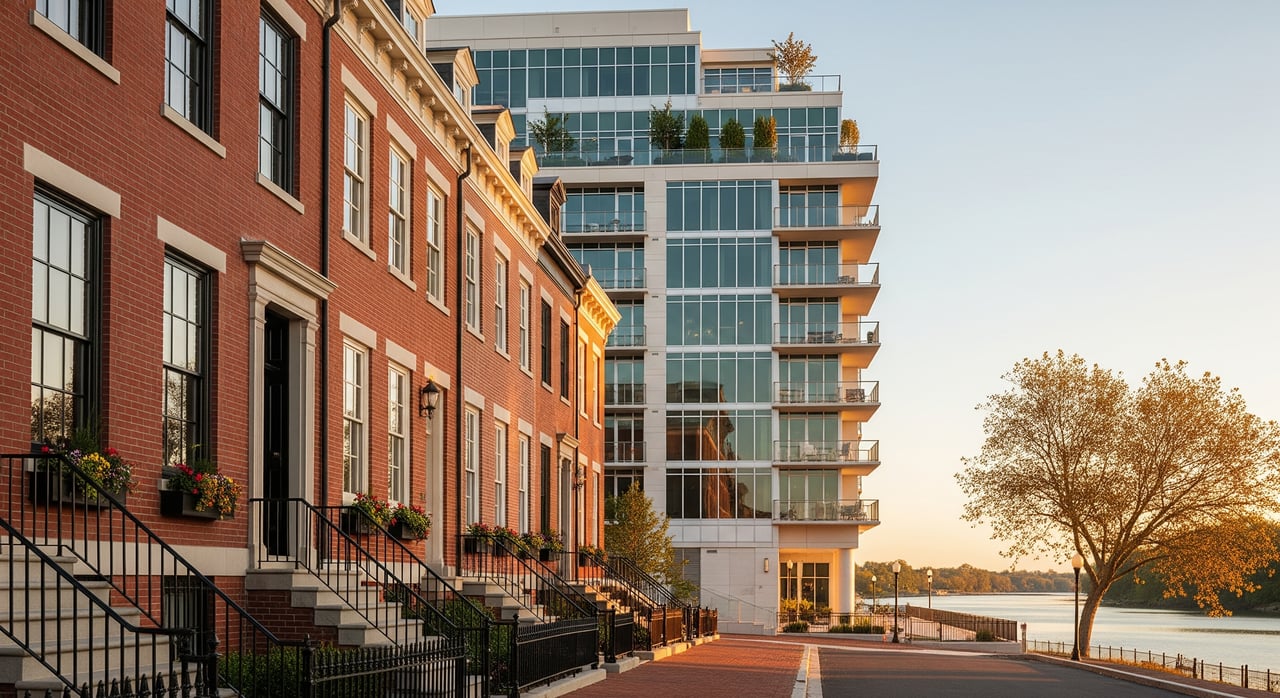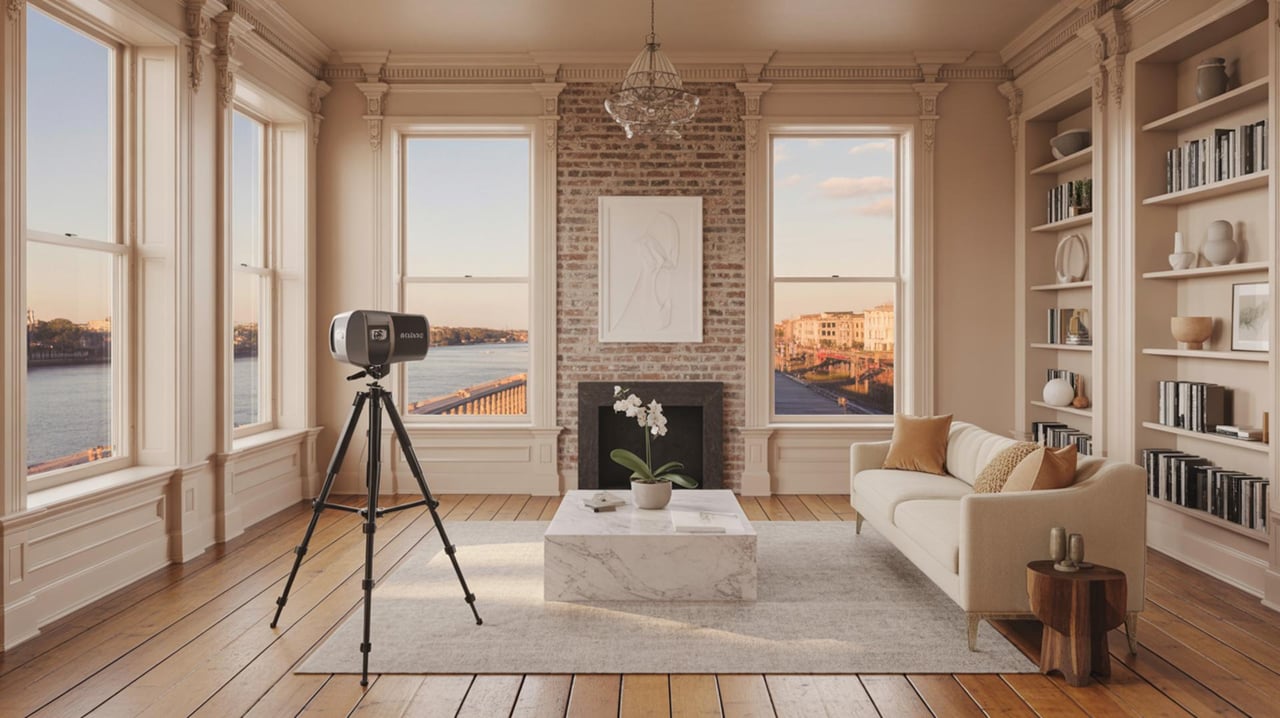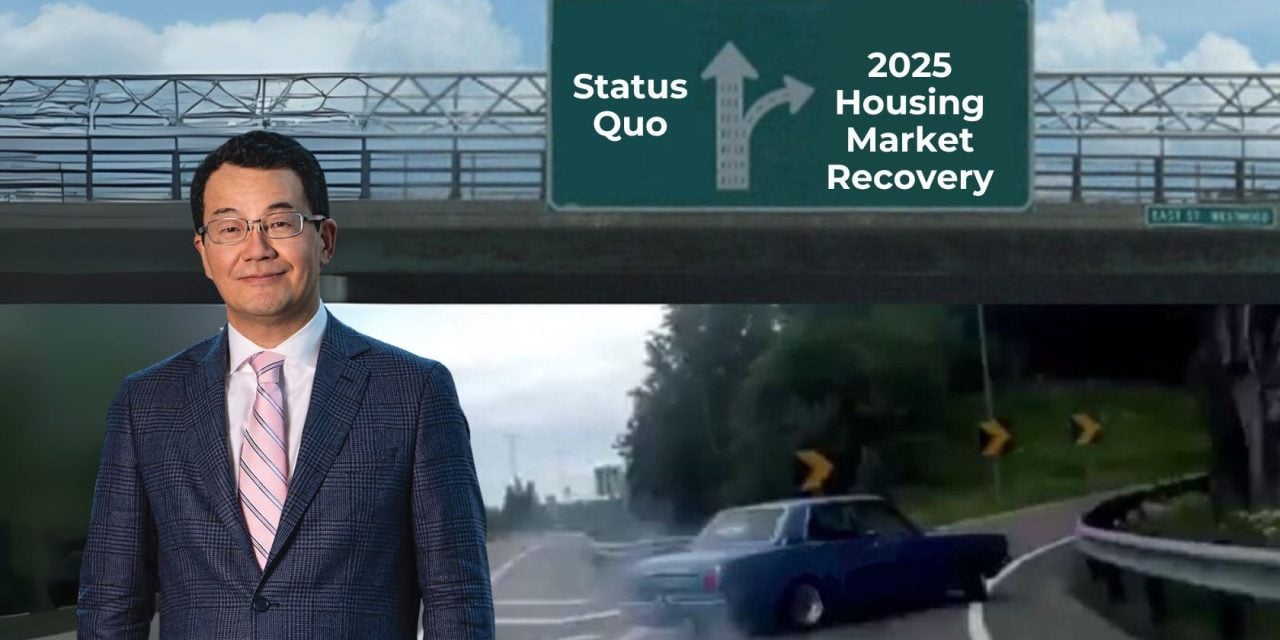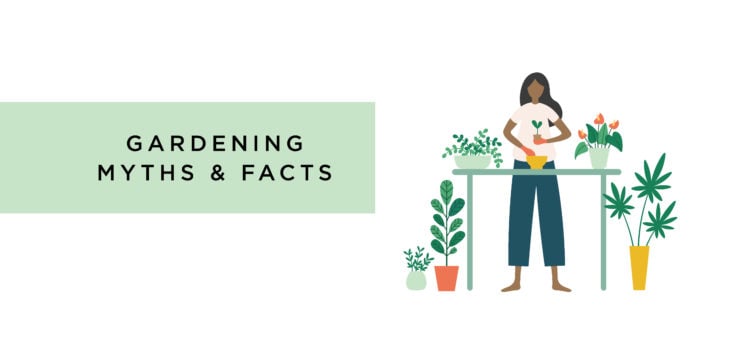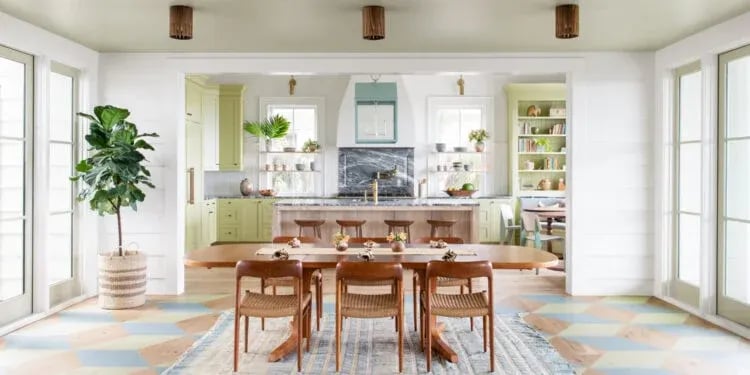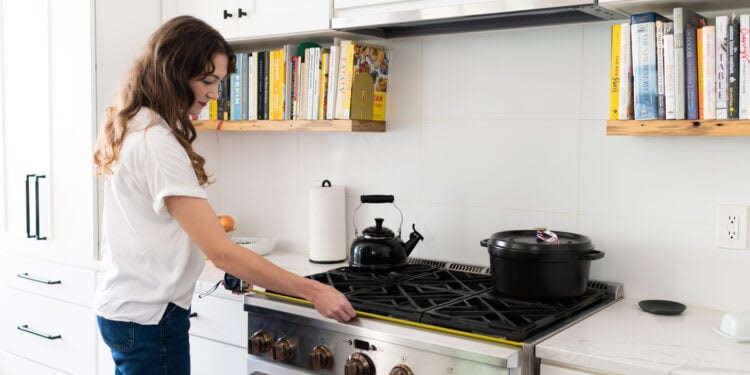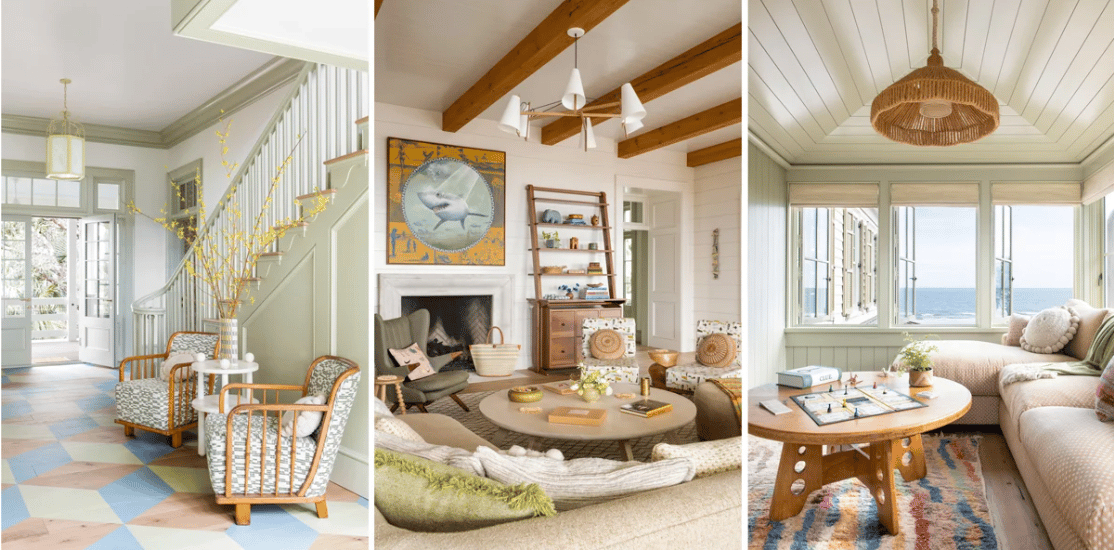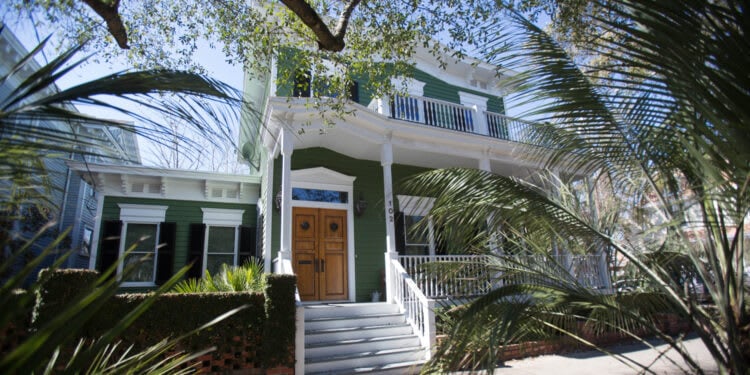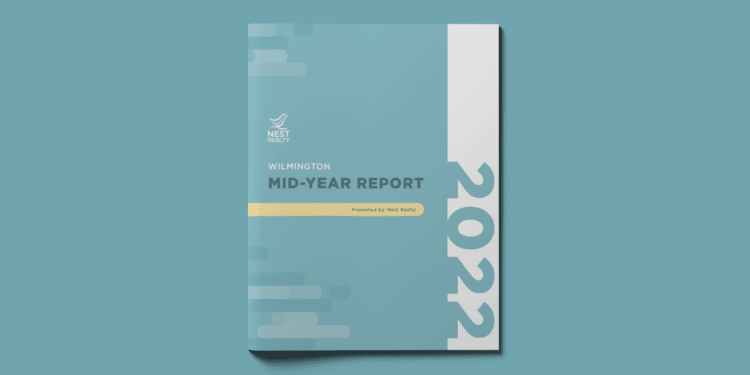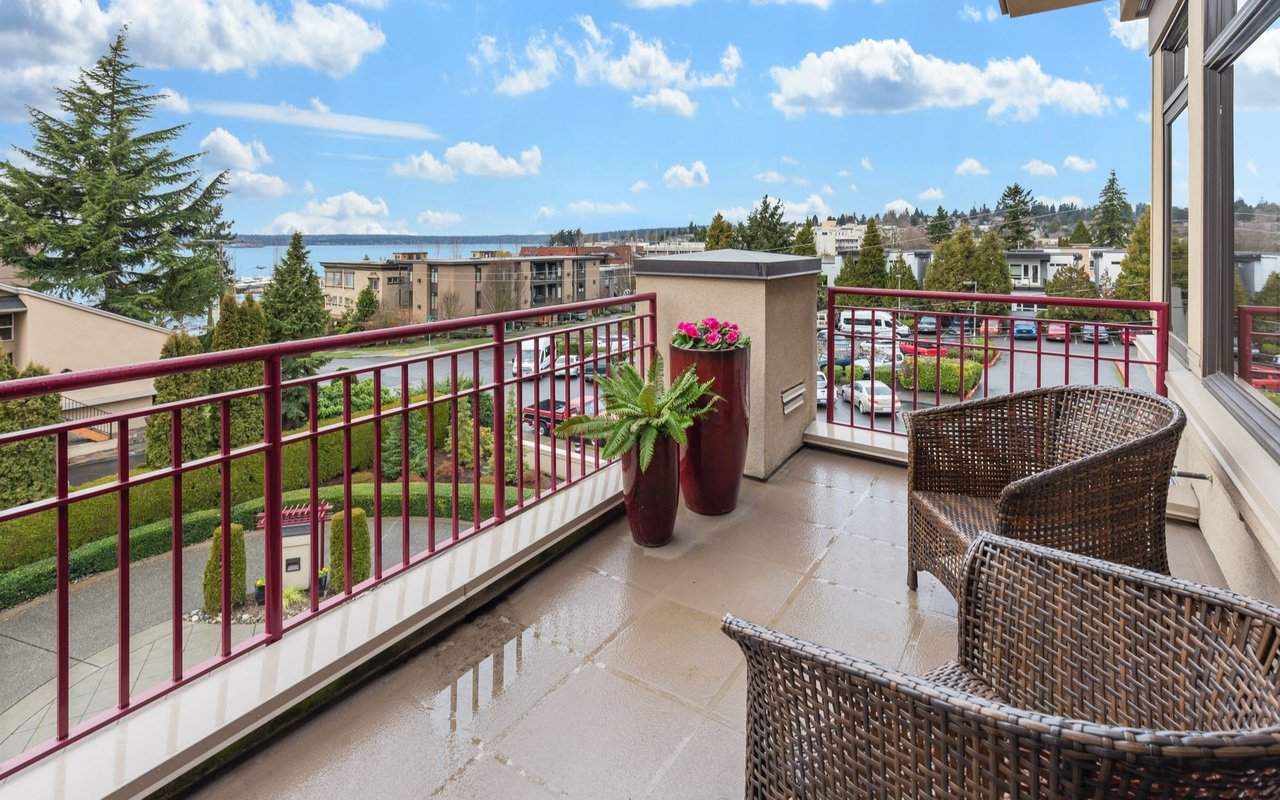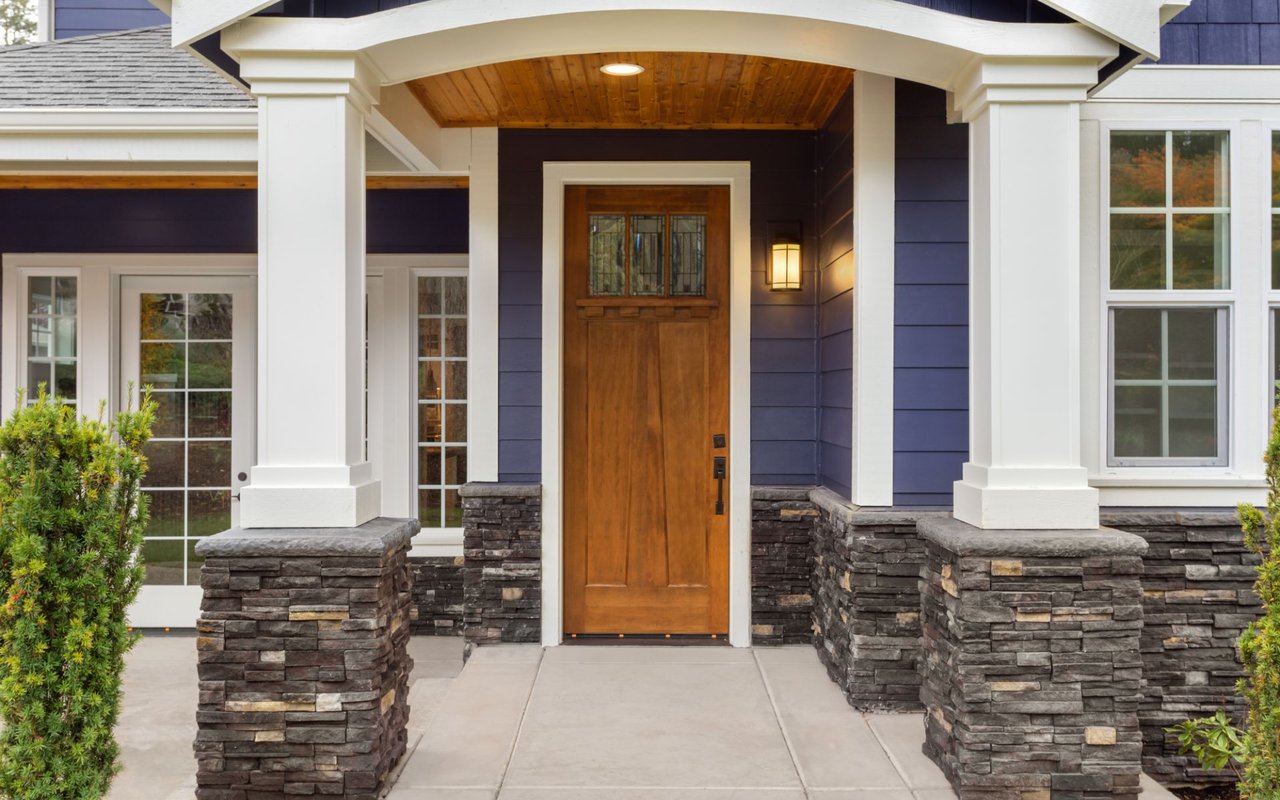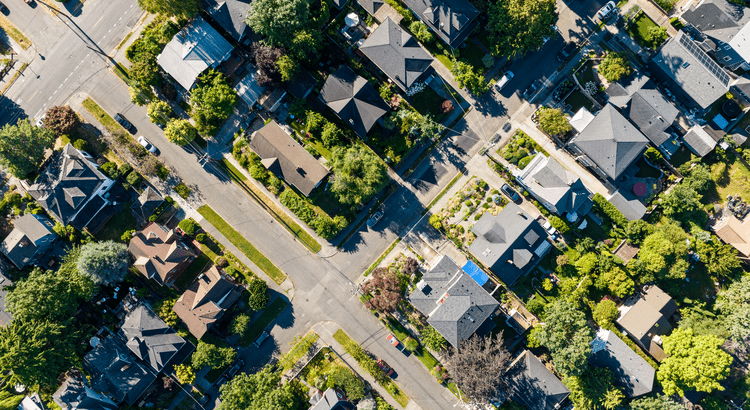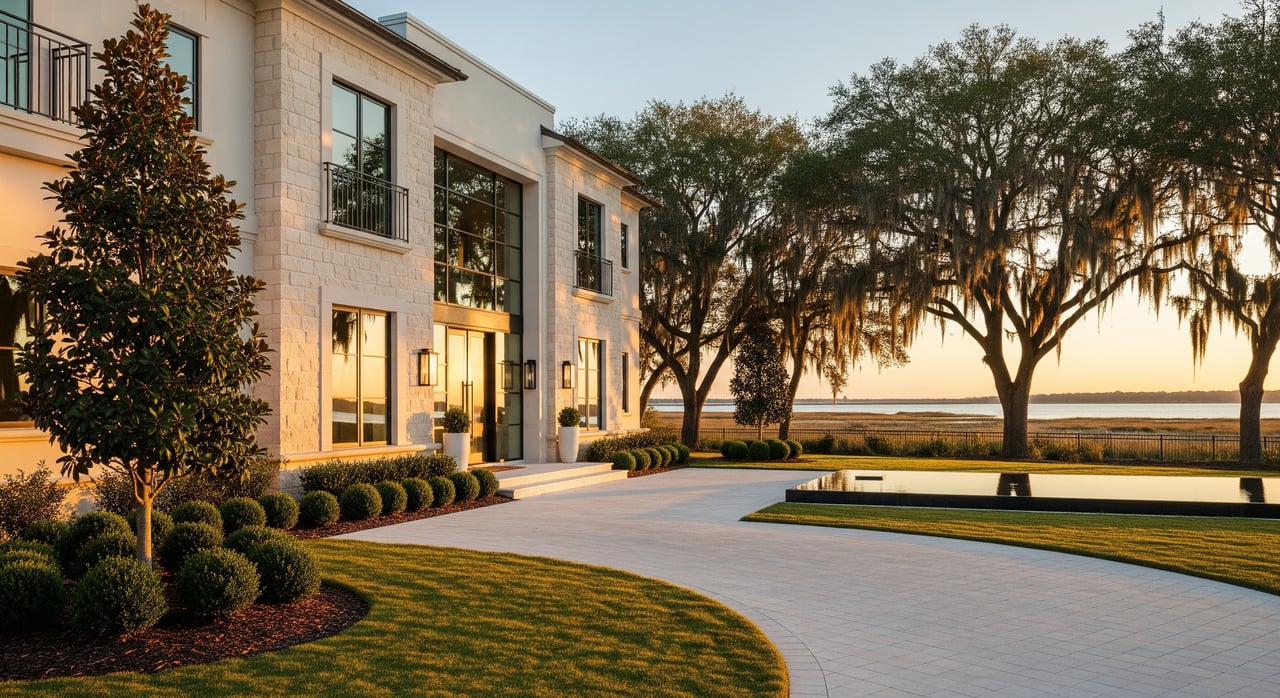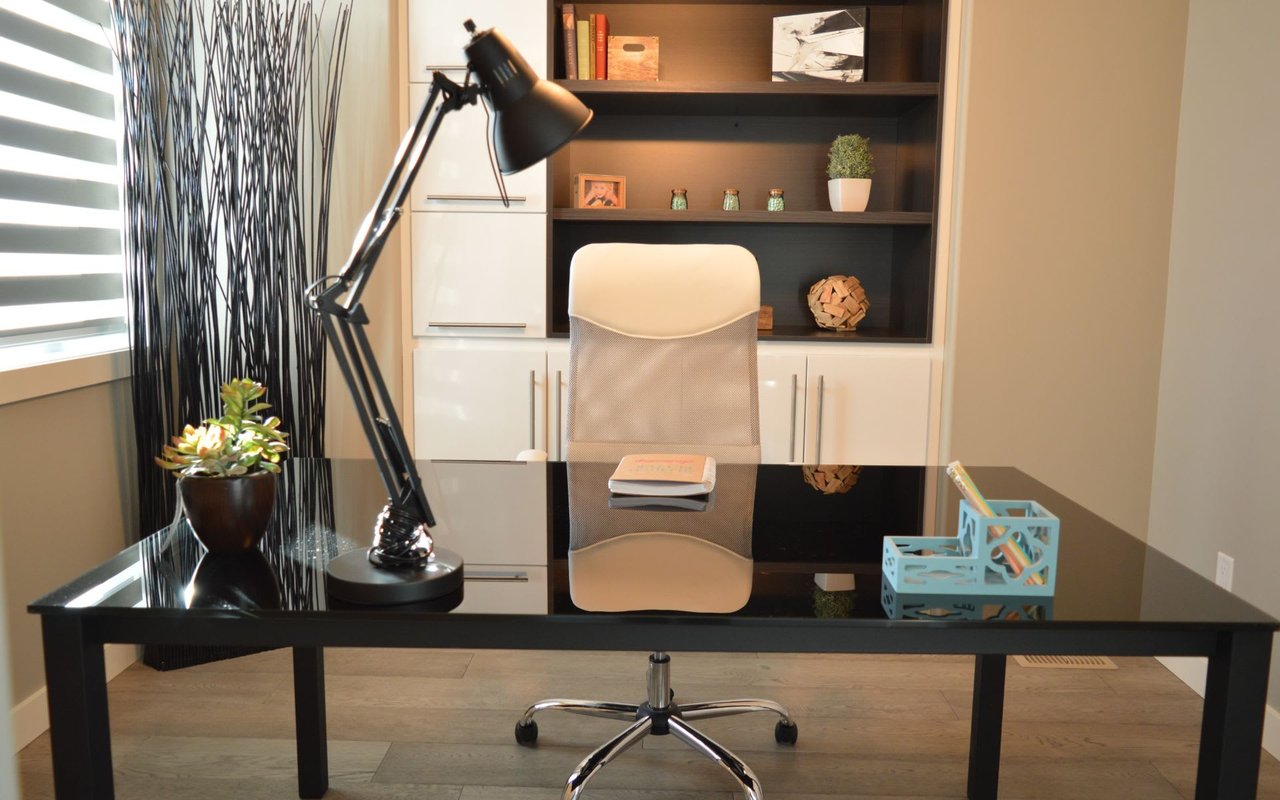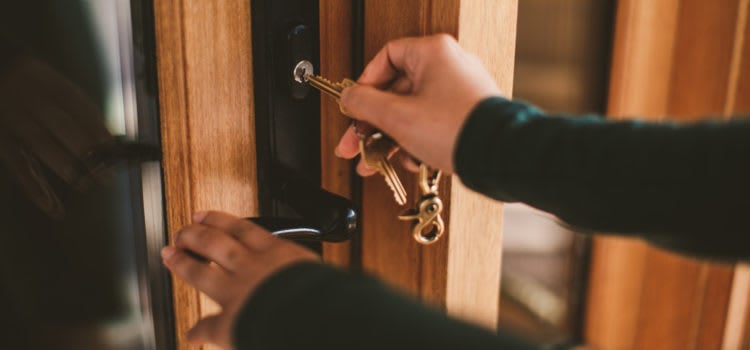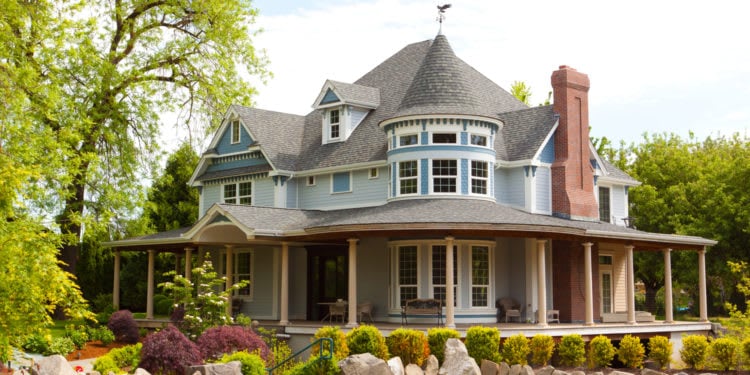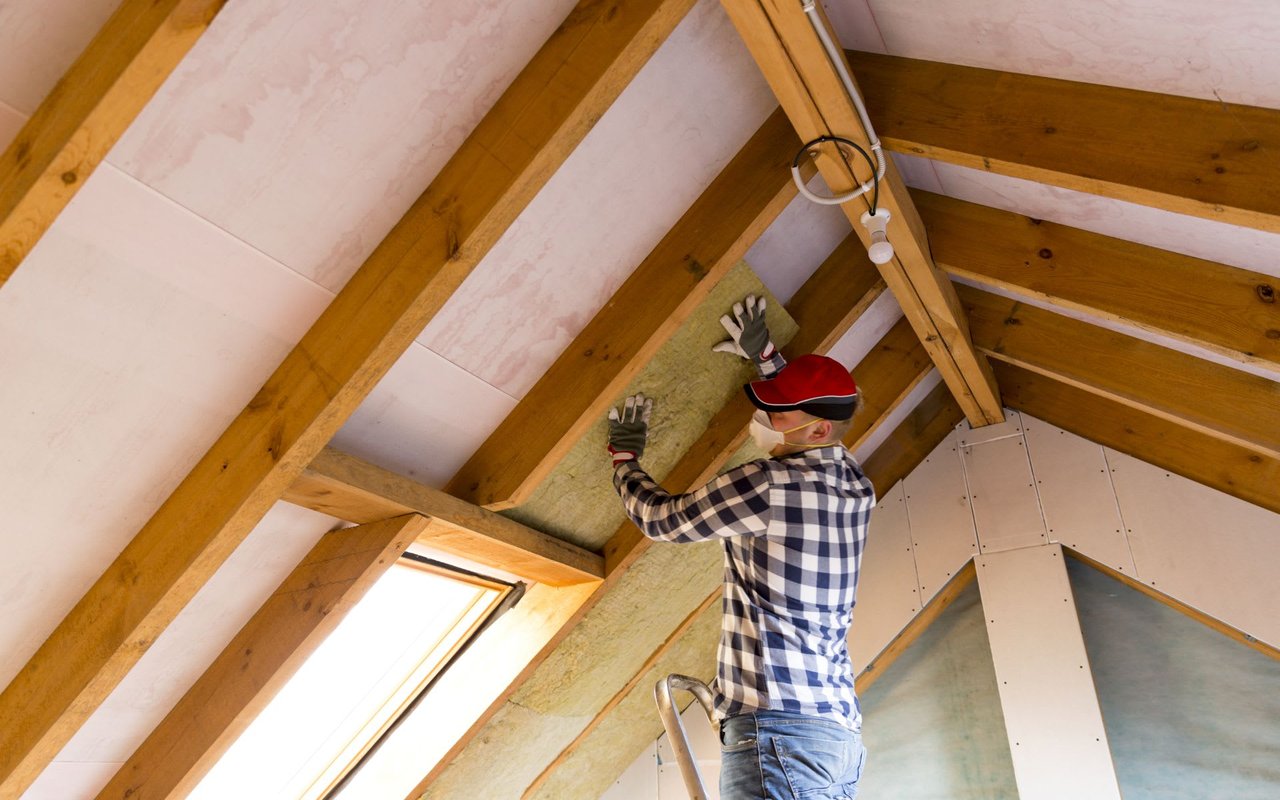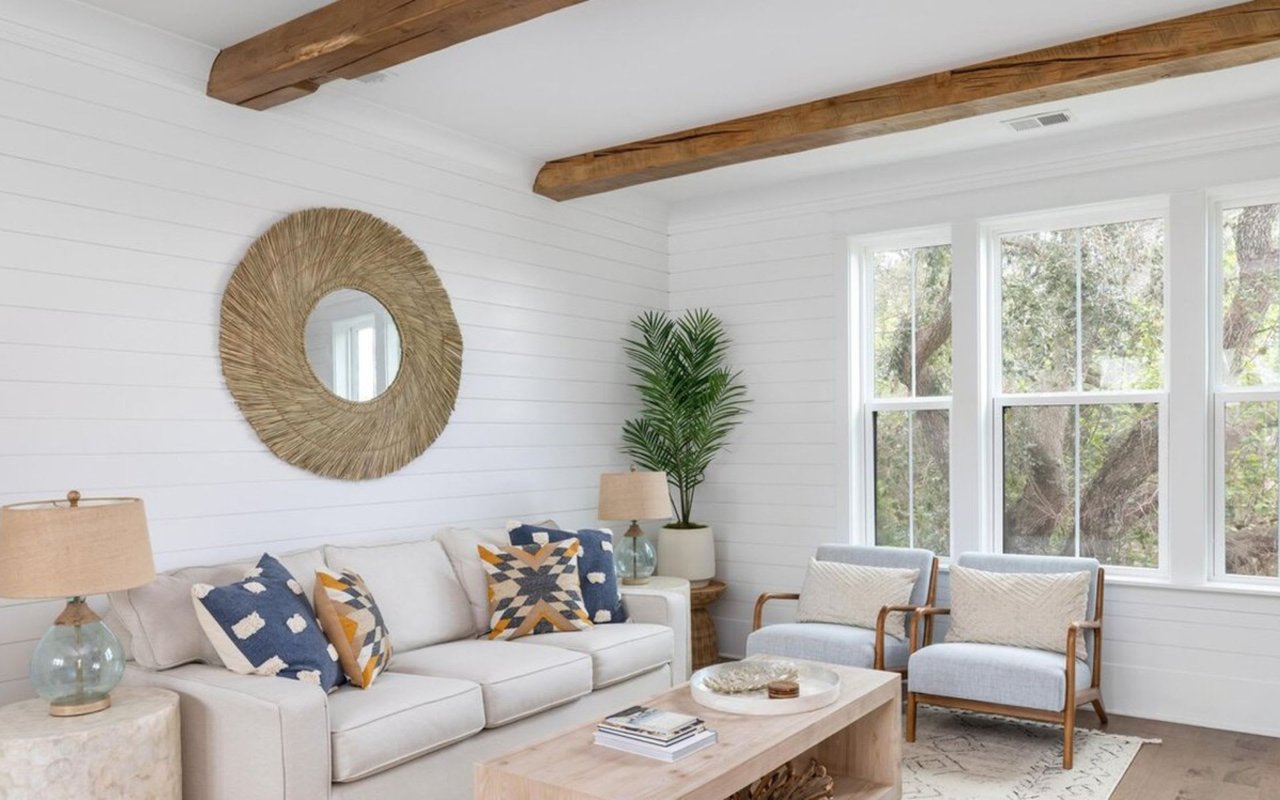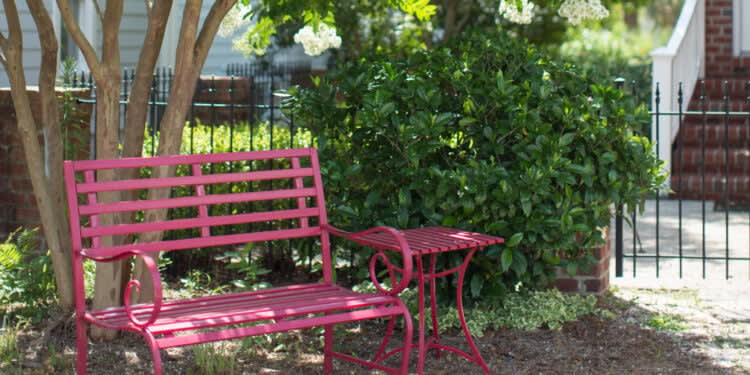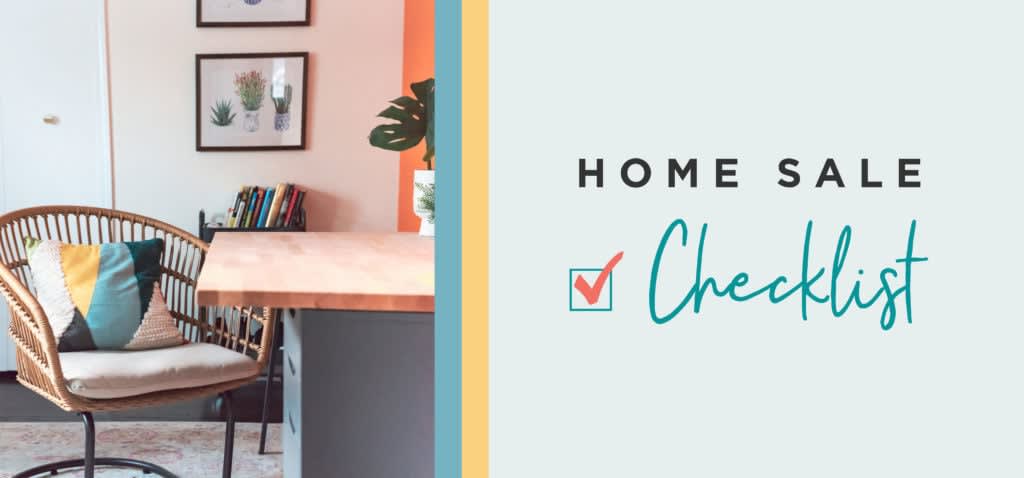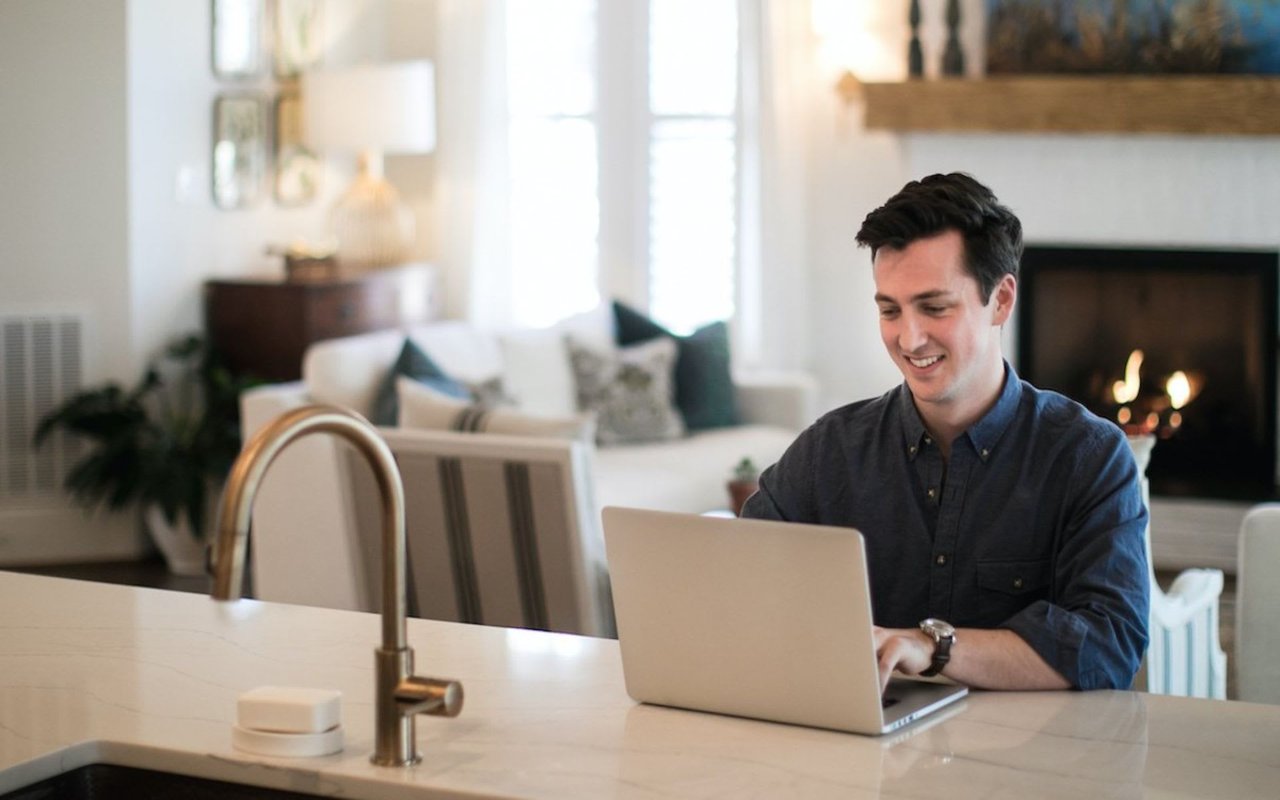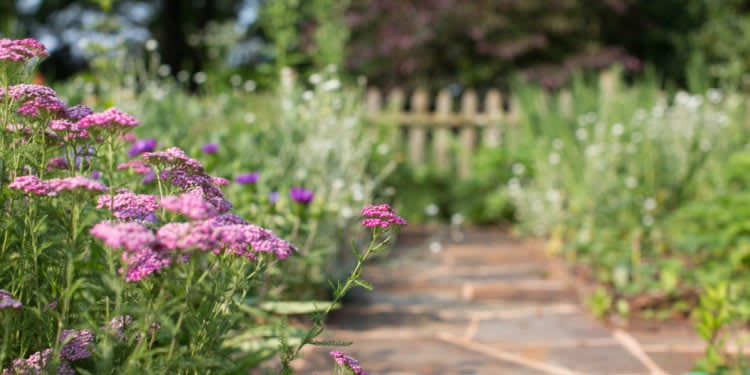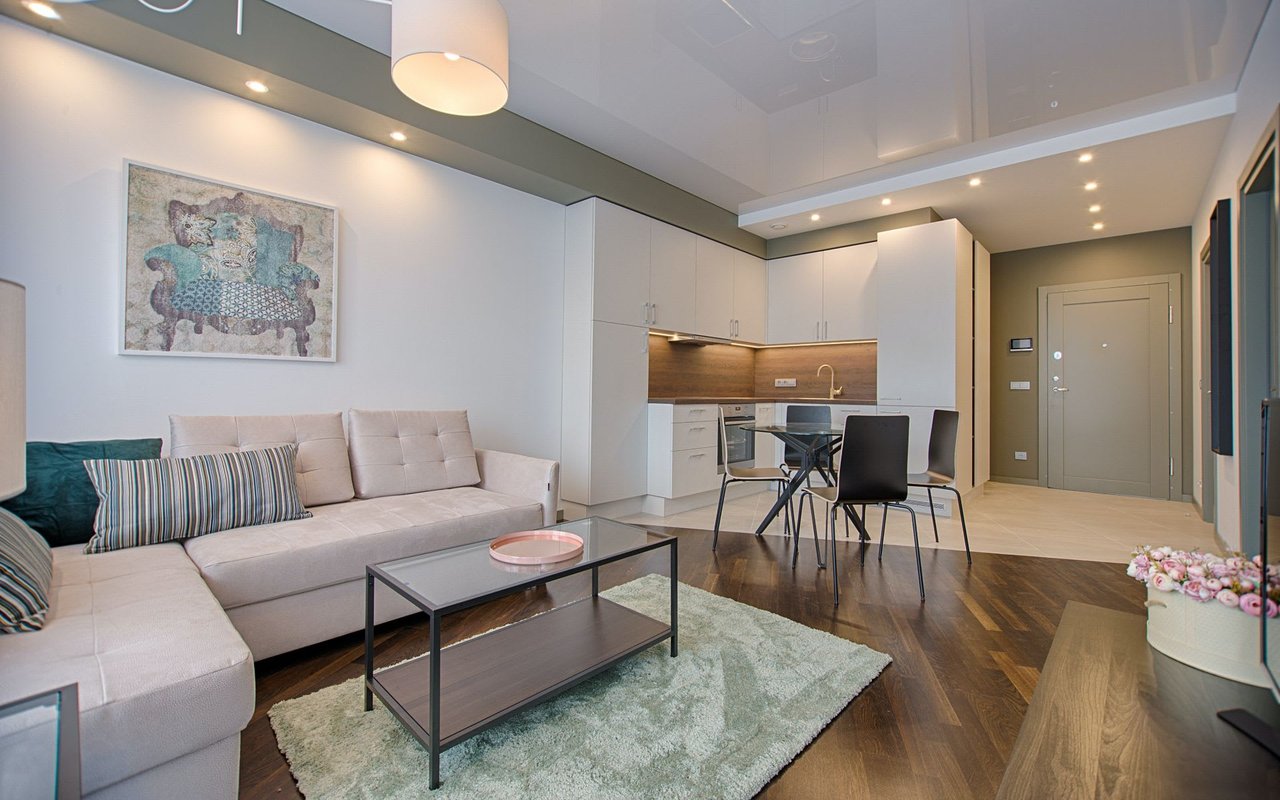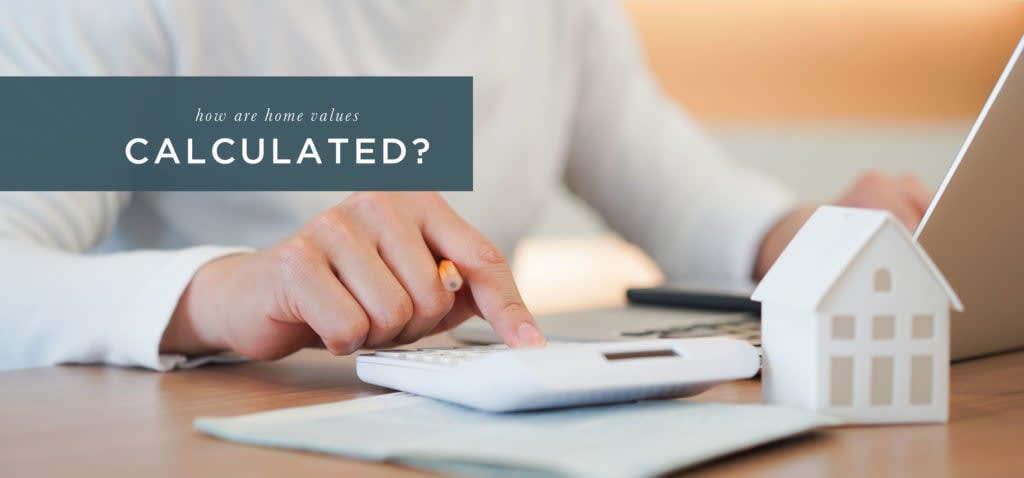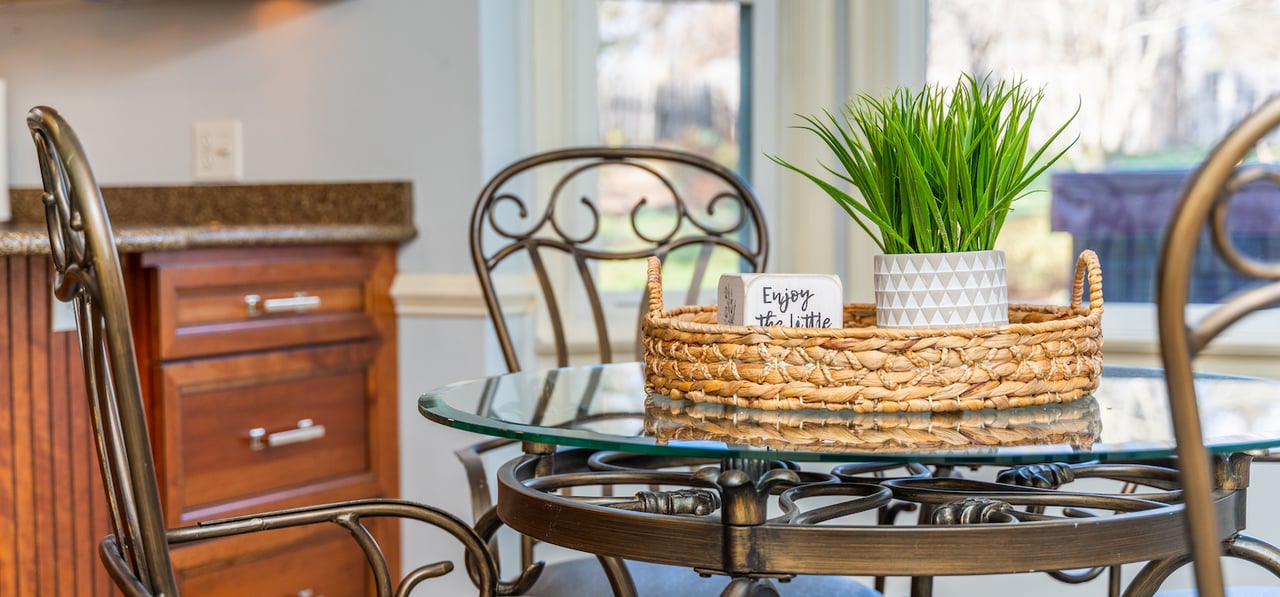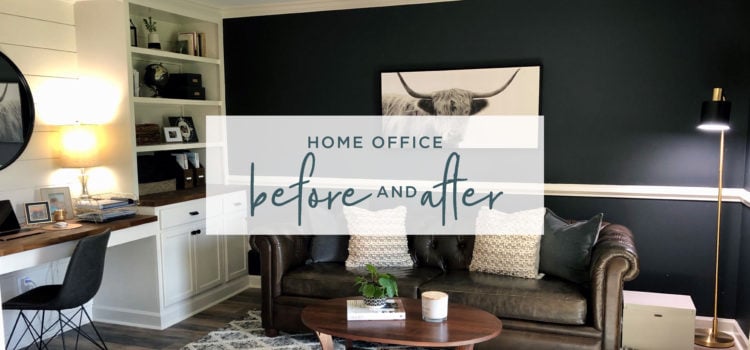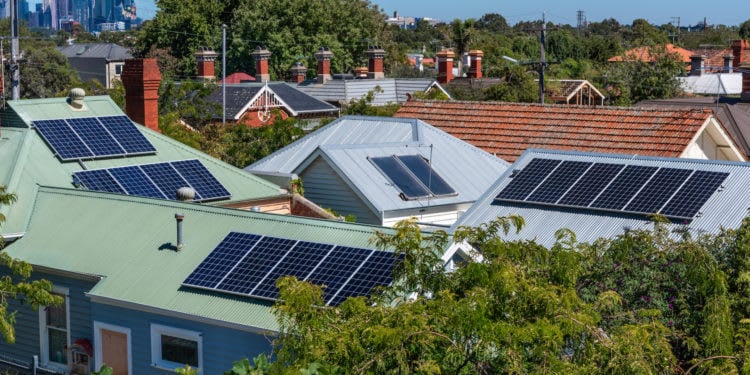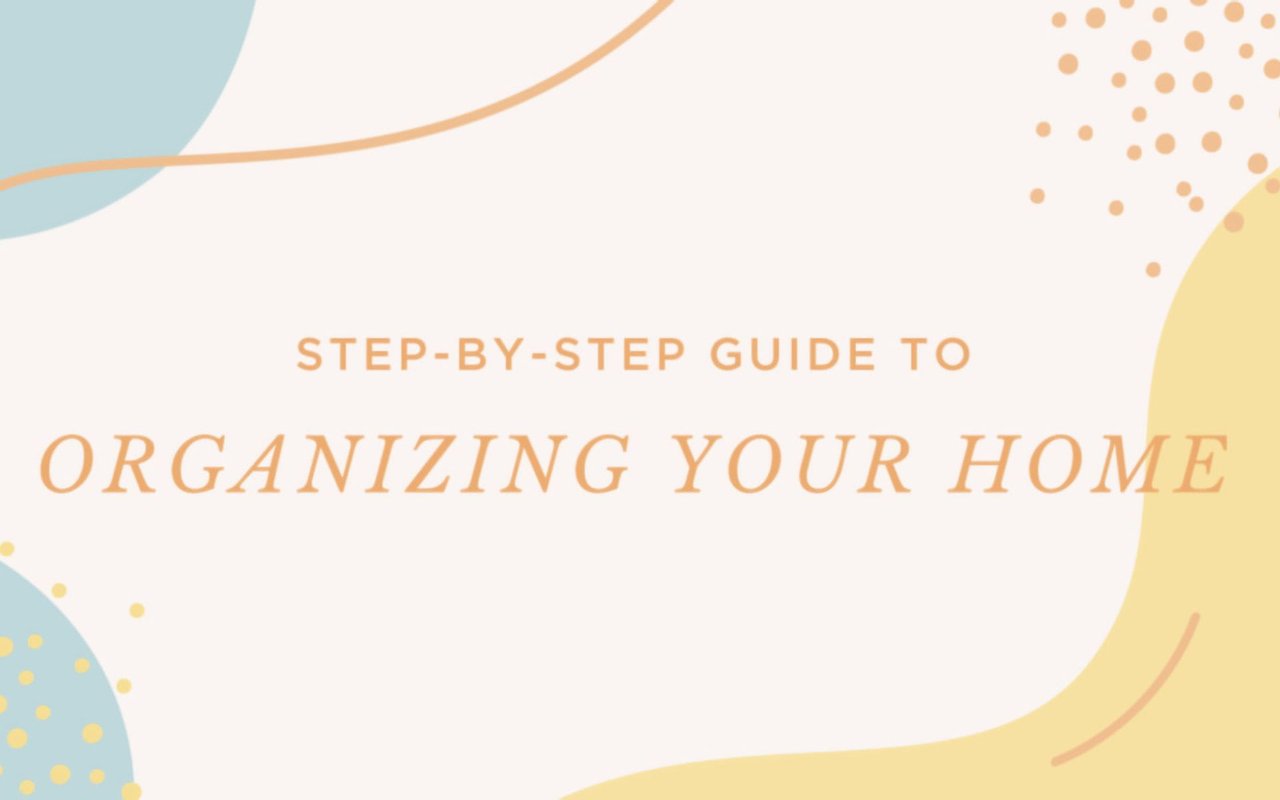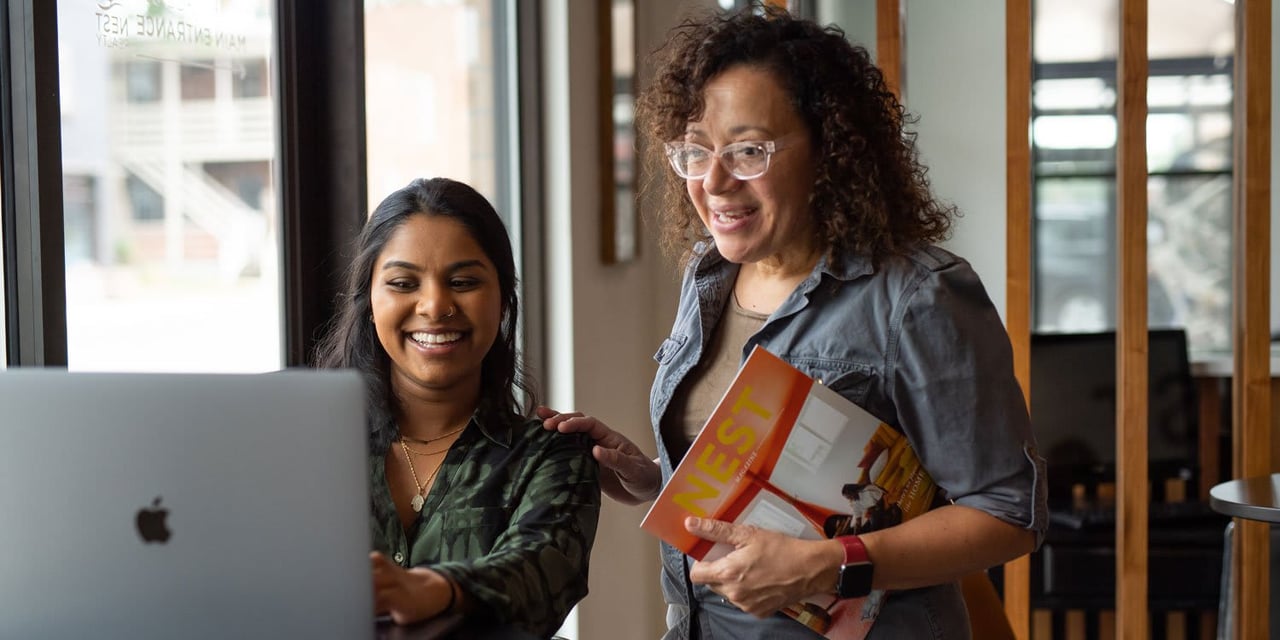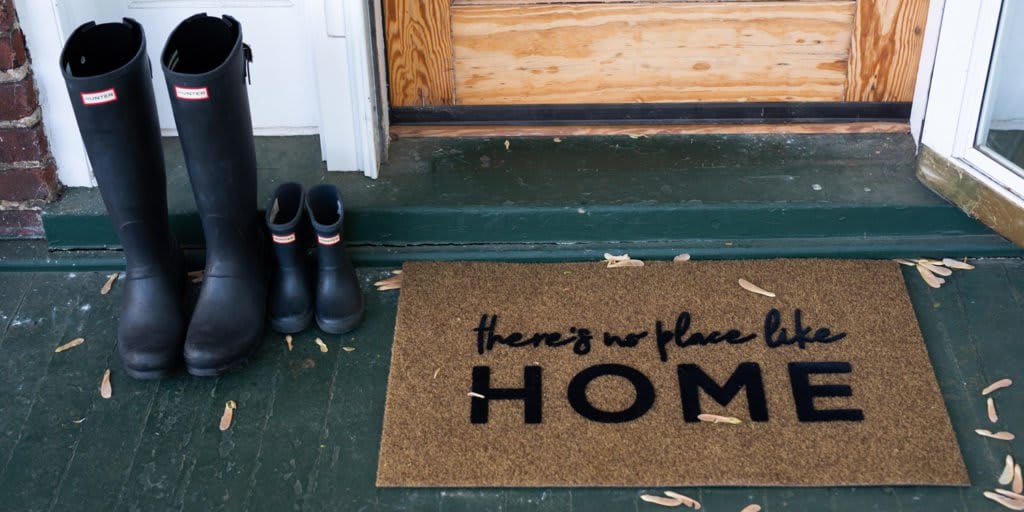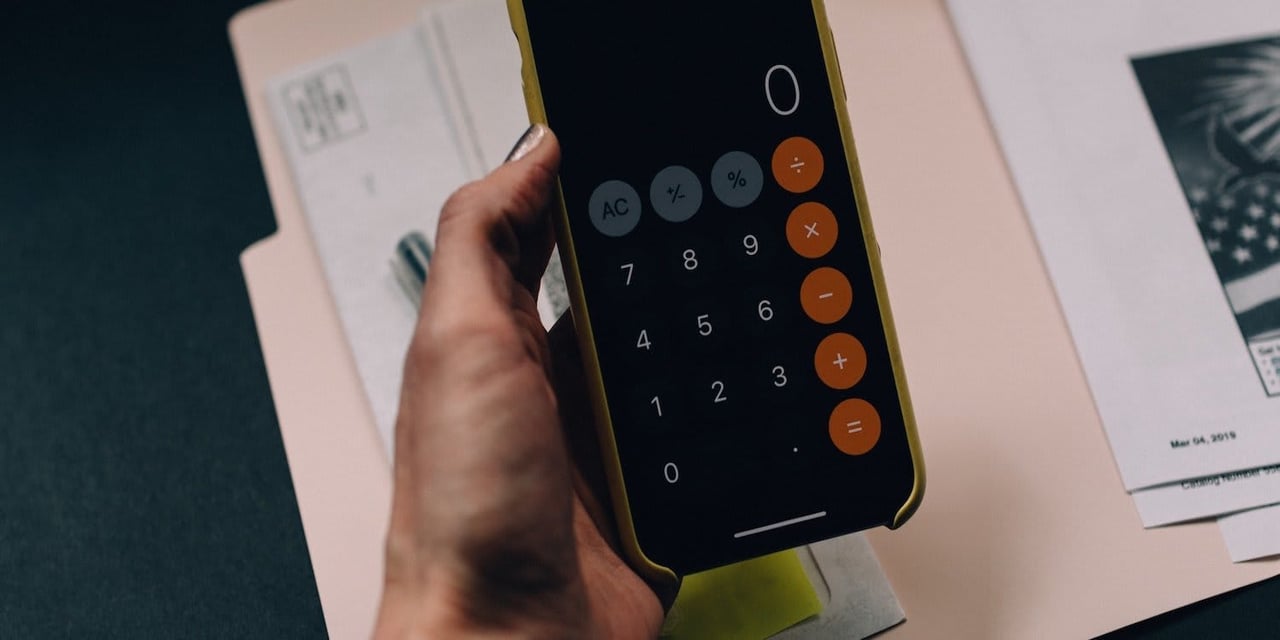IS SOLAR POWER THE FUTURE OF HOMES?
Solar Power isn’t just for luxury modern homes in gated hilltop neighborhoods—nor does it require completely overhauling your home, designing everything around obtrusive and obvious panels, or hunting down elusive experts to put the plan in action.
Many of the biggest barriers that used to prevent everyday homeowners from investing in solar have dissipated in recent years, making it easier and smarter than ever to make the switch.
HOW DOES SOLAR WORK?
The concept is pretty simple. In layman’s terms, solar comes from transforming power from the sun into electricity we can use.
- The sun generates particles of solar energy called photons.
- Photovoltaic panels trap the photons and convert them into electrical energy.
- That energy is then stored in a battery and feeds into your home.
- The energy you don’t use is sent back to the grid.
But the simplicity of solar has its own drawbacks. The sun creates electricity, so little sun means less power. Solar makes the most sense for homeowners that already live in naturally sunny areas, where sunshine is a practically unlimited resource. However, living in shaded spaces or cloudier climates doesn’t put solar out of the question. Solar panels still work without direct sunlight, the process just may not produce as much energy at the same rate.
WOULD SOLAR WORK FOR ME?
The Department of Energy suggests that “solar panels perform best on south-facing roofs with a slope between 15 and 40 degrees,” and away from overhanging trees that could limit sun access. Roofs that receive direct sunlight for much of the day will be able to absorb and produce energy most efficiently. You’ll also want to think about the age of your roof, and if it will need replacement or repairs anytime soon. Solar is an investment, and added weight, so a structurally sound roof is a necessary prerequisite.
If your home doesn’t fit these criteria, you’re not necessarily out of luck. Community solar systems present an option for those who may not meet the criteria. Think of these systems like community gardens in neighborhoods where individual houses don’t have capacity for their own plots. Multiple people invest in one solar farm nearby, and each home receives a portion of the energy gleaned. Condos and other communities are also more commonly investing together.
HOW MUCH DOES SOLAR COST?
Besides location, cost is the biggest obstacle between homeowners and solar power. Fortunately, solar costs have plummeted in recent years. Data from the Department of Energy shows that “the cost of going solar has dropped every year since 2009,” thanks to an increase in the quality and efficiency of solar technology, on top of subsidies that help lower overhead costs.
Modern solar panels are able to absorb more sunlight than ever before across a variety of climates, which allows them to offset a higher amount of regular electricity use for greater day-to-day savings. They’re also more durable and longer-lasting, which slashes maintenance and replacement costs.
The Center for Sustainable Energy estimates that solar systems cost an initial $15,000 to $25,000, depending on ease of installation and panel characteristics. There are government subsidies and private programs that can reduce this cost further. Loans that apply specifically to the installation of these systems offer low interest rates to incentivize investment in solar, and the Federal Housing Administration now allows new homeowners to tack on solar costs to their mortgage agreements. The Solar Investment Tax Credit also rewards solar users with a 26% tax credit for all systems installed through the remainder of 2022, and a 22% credit through 2023.
Plus, if you’re willing to put in the investment for solar now, you’ll likely reap major benefits from it in the future. You’ll be able to reduce or even eliminate your regular electricity bill and pay back initial costs over time. Your house will also likely increase in value when it comes time to sell. A study from Berkeley Lab said that buyers nationwide view solar as an asset worth an additional premium of about $15,000 on top of the home’s base value.
Community solar systems present an even more affordable option. Participants pay a monthly fee, often lower than a typical electricity bill, to access their share of solar energy. While you won’t be eligible for tax credits, loans, or a higher resale value this way because you don’t personally own the system, it does decrease the initial financial barrier to entry.
HOW DO I GET STARTED?
There are plenty of resources available to help you navigate the solar process. Start by heading to a database like EnergySage, where you can look up experts near you for appraisals, quotes, installations, and advice. You’ll also find information on community solar options near you, as well as a solar calculator to help translate your potential costs and savings into concrete, digestible estimates for all the different solar options applicable to you.
When you look at solar as an investment in the future—both yours and that of the planet —the costs don’t seem quite so daunting. Just like committing to the home-buying process, transitioning to solar energy does require some work up front. But taking a long-term perspective reveals the unparalleled benefits waiting for you down the line.
